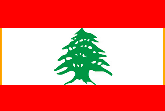LEBANON FEATURES
The country Lebanon has a population of about five mio people. Lebanon's capital and largest city, located at the coast, is Beirut.
The earliest settlement in Lebanon was in Byblos, one of the oldest continuously inhabited cities in the world, earlier than 5000 BC.
As part of the Levant region in western Asia area, it was part of numerous empires, including the Egyptian, Assyrian, Babylonian, Achaemenid, Hellenistic, Sassanian, Roman, Islamic, Phoenician, Byzantine and Ottoman empires. In 1516 the "Mount Lebanon" Emirate was established, this seen as Lebanon's birthday.
The borders of contemporary Lebanon (see map above) were set up after WW-1 (when France controlled this area), in the Treaty of Sévres in 1920.
Given the immense history of Lebanon, it is crowded with unique features, both at the coast and inland, as this cartoon shows.
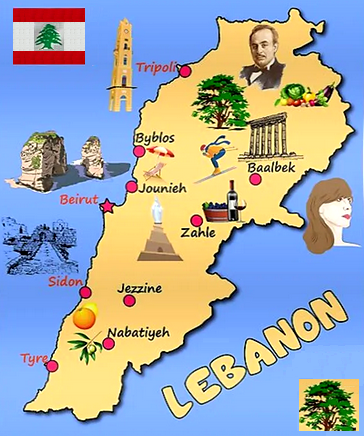
Currently this essay does not yet provide the planned Beirut & Byblos & Baalback galleries. Instead a compact "Lebanon features" follows.
Sidestep
Which is the oldest still alive city in the world? Historians decided that this is Jericho in Palestina, founded circa 9000 BC. Rank 2 is usually given to Byblos in Lebanon (founded circa 5500 BC), rank 3 is Aleppo in Syria, rank 4 Damascus in Syria (both founded circa 4300 BC), rank 5 Susa in Iran, rank 6 Fayum in Egypt, rank 7 Sidon in Lebanon, rank 8 Plovdiv in Bulgaria, rank 9 Gaziantep in Turkey, rank 10 Beirut in Lebanon, Wow!
//A// Cedar trees
The cedar trees grow up in the mountain areas in the east of Lebanon. Their wood is of very high quality. They can reach a height of 40m.
Cedar trees were esteemed by Egyptians, Assyrians, Babylonians, Persians, Israelis, Romans, Phoenicians, Arabs, and Turks. The Egyptians utilized cedar resin for the mummification process. The Phoenicians used the cedar timber for their merchant fleets - the cedar woods made them the "first sea trading nation in the world".
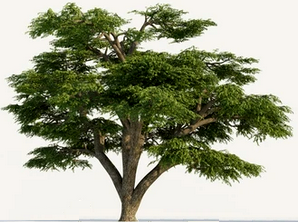
There are many citations of cedar trees in the bible, as well as in Roman documents. This tree is so essential for the Lebanon that it is even part of Lebanon's flag.
//B// Ships
A Lebanese/Roman sarcophagus from the 2nd century, found in Sidon, shows a full view of a Phoenician ship.
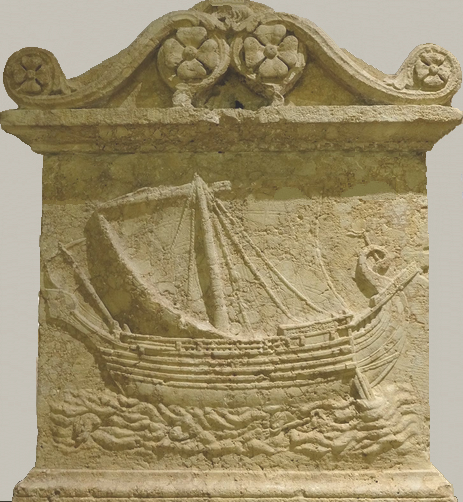
At that time, historic city Byblos (now named Jbeil) was for many centuries Lebanon's main harbor for Mediterranean trade.
//C// Beirut
This is the capital city of Lebanon, located at the coast.. It is a very large and mostly modern city, with a population of 2.5 mio. It contains historic suburbs as well.
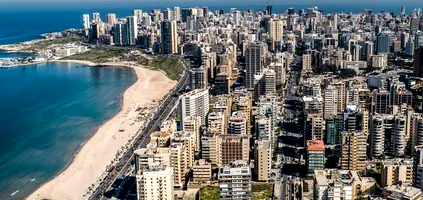
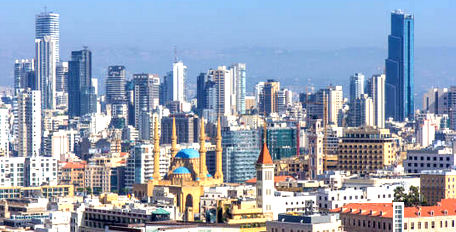
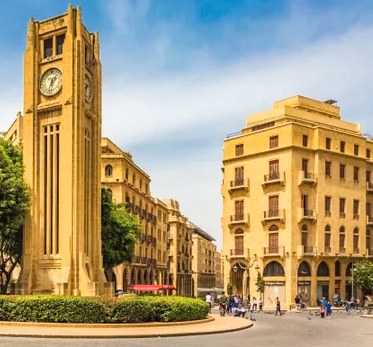
//D// Religious buildings
Lots, everywhere in Lebanon! Here are two examples: A Maronite (quasi catholic) church and a very large Muslim mosque.
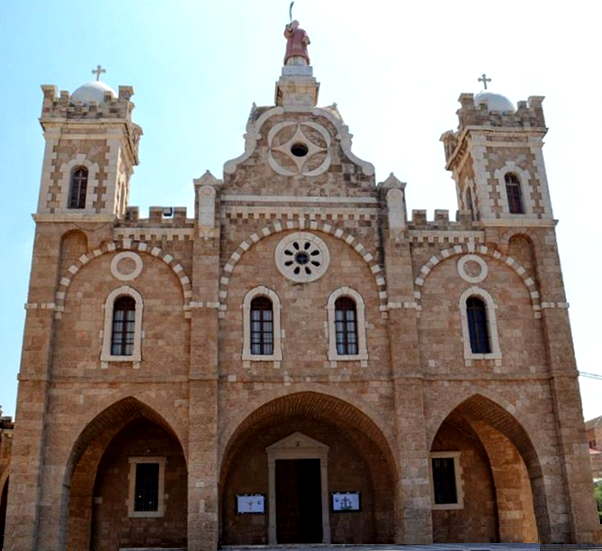
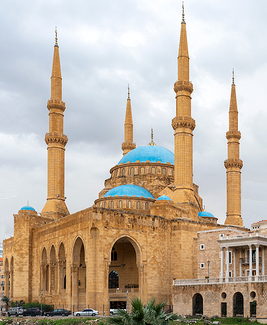
Lebanon's concept is based on confessionalism. In 1943 an unusual rule was set up: President: must be a Maronite Christian, Prime Minister: a Sunni Muslim, Parliament speaker: a Shi'a Muslim, Deputy Prime Minister an Eastern Orthodox.
//E// Roman buildings
In the former Roman city Baalbek in eastern Lebanon lots of buildings have survived, including temples, like this Bacchus temple.
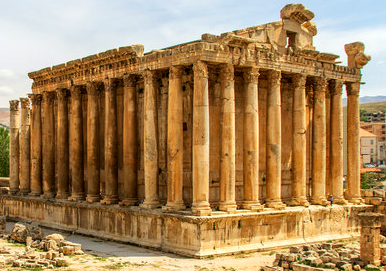
//F// Crusader castles
Five castles erected by crusaders have survived for almost 1000 years. The most impressive one is near the coast in Byblios.
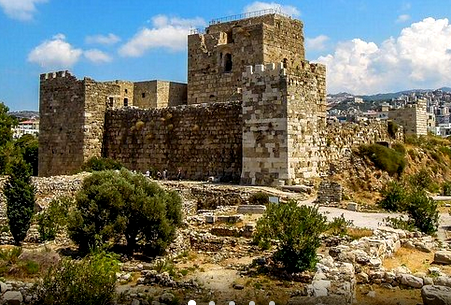
//G// The alphabet
A true sensation is the Ahiram sarcophagus. It was the sarcophagus of a Phoenician king of Byblos, at circa. 1000 BC.
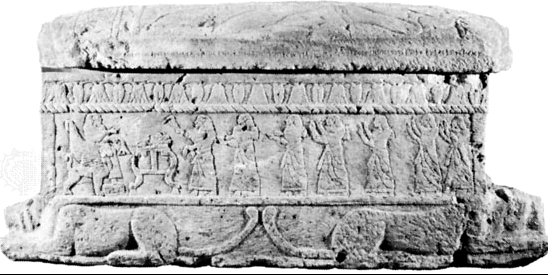
Why is it a sensation?
Because: It contains a Phoenician inscription. And historians have decided that this IS the oldest example of the fully developed Phoenician alphabet!
Experts found out that the Phoenician alphabet is the "parent alphabet" for a wide number of the world's current writing systems; including the Greek, Latin and Cyrillic alphabets, and the Hebrew, Arabic and Urdu abjads. The current "world language", English, is based on Latin.
The Phoenicians did not create a country, they were based on 'city-states'. The prime ones, Byblos, Sidon and Tyre, are where? All in Lebanon..
********
At the end of this essay my usual question: Is Lebanon a visit? Currently not really - terrible wars are too near. But - this little country, which has a history of 3000 years, is full of multifold culture and full of special architecture. So, if ever peace returns, go there!

